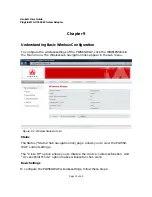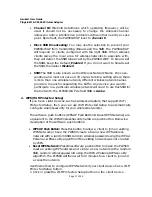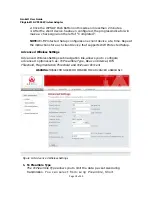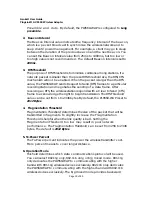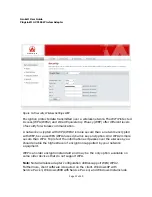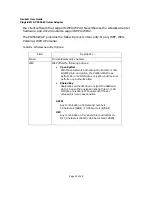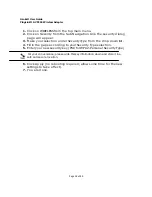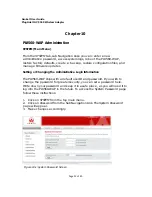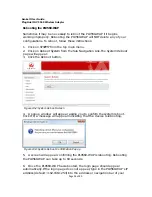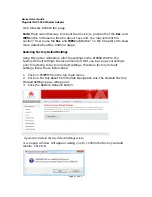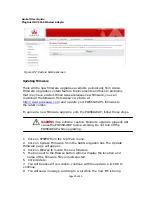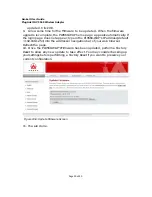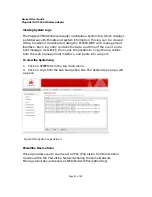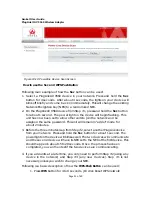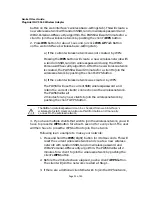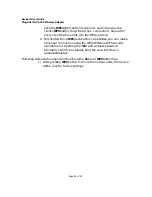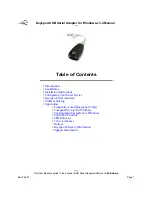
Asoka® User Guide
PlugLink® AV 9560 Wireless Adapter
Page
19
of
40
Preamble and Auto. By default, the PL9560-WAP is configured to Long
preamble.
2. Beacon Interval
The Beacon Interval value indicates the frequency interval of the beacon,
which is a packet broadcast to synchronize the wireless network and to
keep clients’ power management. For example, a client may go to sleep
between the duration of the previous beacon and the next beacon. You
can set the Beacon Interval value from 25 ms to 1000 ms, but too low or
too high value is not recommended. The default Beacon Interval is set to
100ms.
3. RTS Threshold
The purpose of RTS Threshold is to minimize collisions among stations. If a
network packet is smaller than the preset RTS threshold size, the RTS/CTS
mechanism will not be enabled. When the packet is larger than the RTS
value, the PL9560-WAP sends Request to Send (RTS) frames to a particular
receiving station and negotiates the sending of a data frame. After
receiving an RTS, the wireless station responds with a Clear to Send (CTS)
frame to acknowledge the right to begin transmission. The RTS Threshold
value can be set from 1 to 2346 bytes. By default, the PL9560-WAP is set to
2312 Bytes.
4. Fragmentation Threshold
Fragmentation Threshold determines the size of the packet that will be
transmitted in fragments. To slightly increase the Fragmentation
Threshold is helpful when the link quality is bad. Setting the
Fragmentation Threshold too low may result in poor network
performance. The Fragmentation Threshold can be set from 256 to 2346
bytes. The default is 2312 Bytes.
5. Tx-Power Percent
The Tx-Power percent indicates the power the wireless transmitter cost.
More percent means to cover longer distance.
6. Operation Mode
This field determines which data communications protocol will be used.
You can select 802.11g only, 802.11b only, or b/g mixed mode. 801.11g
only dedicates the PL9550-WAP to communicating with the higher
bandwidth 801.11g wireless devices exclusively. 802.11b only dedicates
the PL9560-WAP to communicating with the higher bandwidth 802.11b
wireless devices exclusively. The b/g mixed mode provides backward











